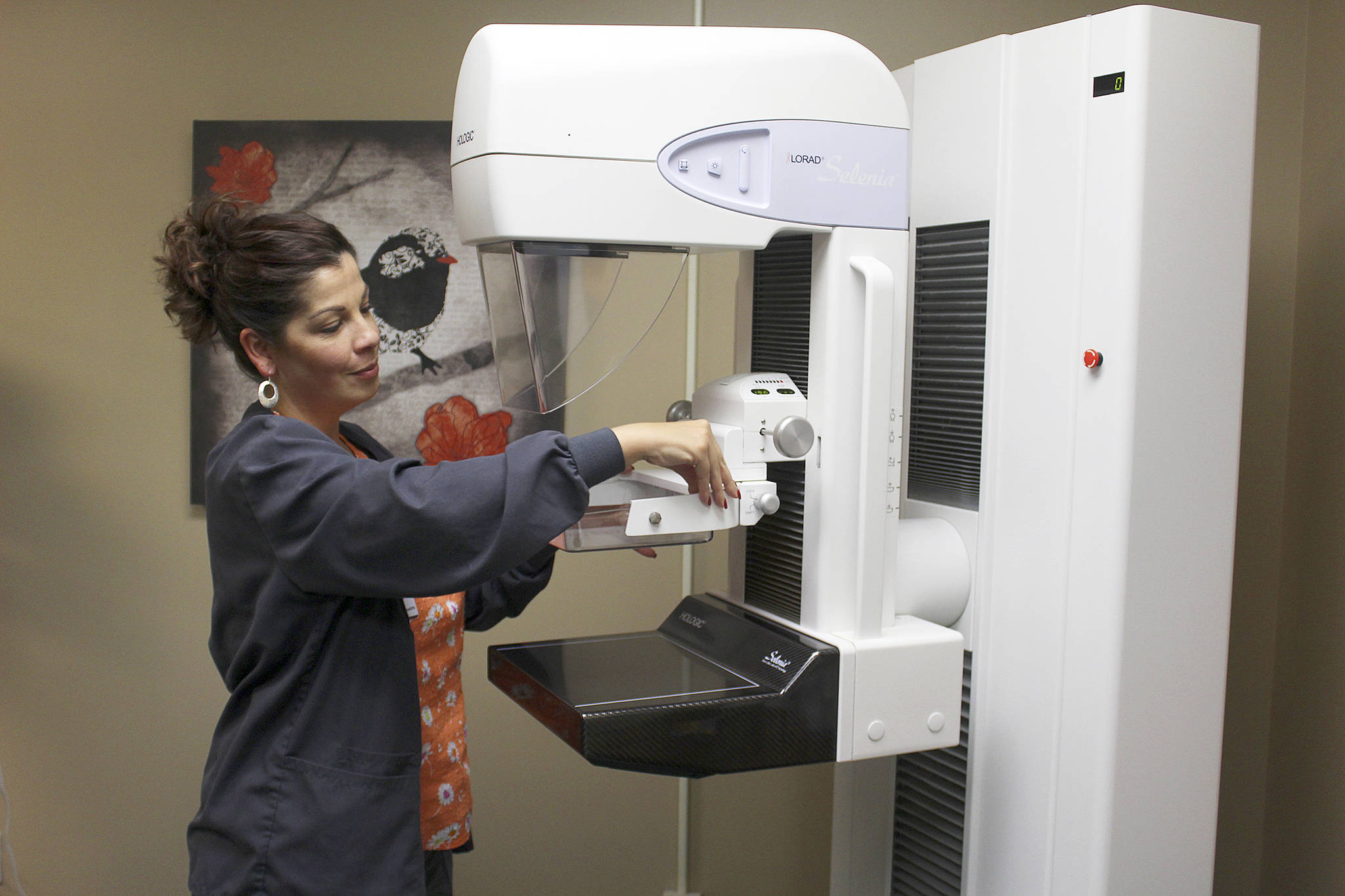Transgender patients are less likely to be screened for cancers specific to their physical gender at birth, suggest researchers, saying practitioners need to address the health-care disparity affecting this often marginalized population.
In a study by St. Michael’s Hospital in Toronto, researchers assessed screening rates for cervical, breast, and colorectal cancer among 120 transgender patients eligible for the routine testing and compared them with rates among non-transgender patients seen by the family health team.
“We found that people who were trans had lower screening rates in our practice,” said Dr. Tara Kiran, a family doctor and the study’s principal investigator.
Transgender patients were about 70 percent less likely to be screened for breast cancer, 60 per cent less likely to get tested for cervical cancer, and 50 percent less likely to be screened for colorectal cancer — even after accounting for such other factors as age and the number of visits to their doctors.
READ MORE: B.C. to offer gender-affirming surgeries for transgender people
Patients who have transitioned from female to male and still require screening for breast and cervical cancer are often missed when provincial agencies such as Cancer Care Ontario send reminders that regular mammograms or Pap smears are due.
For trans patients requiring regular mammograms, the study found just one-third were screened, compared to two-thirds of non-transgender, or cisgender, patients. For cervical cancer, 56 per cent of trans patients had Pap tests compared to 72 per cent of non-trans patients.
READ MORE: Transgender Canadians say death certificates don’t reflect their lived identity
Among the 120 transgender patients included in the study, published Wednesday in the journal Canadian Family Physician, 76 per cent were physically female at birth but self-identified as male.
“If you are transitioned from female to male — but you still have a cervix, you haven’t had a hysterectomy — having a Pap test is an important part of screening for cervical cancer,” said Kiran. “But it also can really be gender dysphoric.
“If you can imagine, you are now identifying as a male but you are being asked to come in to do a procedure that’s really done for women. And so you’re being reminded of the fact there’s anatomy there that doesn’t relate to you being a man.
Cat MacDonald of Ajax, Ont., near Toronto, was born male but came to the realization at about age five that inside she was really girl. She didn’t do anything about it until the 1990s, when she began transitioning to female, which included taking a testosterone blocker and starting on lifelong doses of estrogen.
Taking the female hormone means MacDonald needs regular mammograms, as estrogen can lead to breast tissue growth that is potentially subject to malignancy. But at the same time, she needs regular testing for prostate cancer.
“There are still certain kinds of cancer that are more common in males that have to be screened for,” she said. “I’m fortunate that my health-care giver is very well-versed in trans medicine. She is aware of these and screens for it.”
It’s critical that health providers be better trained to provide sensitive, quality care to transgender patients, said MacDonald, 74. “So doctors have to become aware that this is specialized care.”



